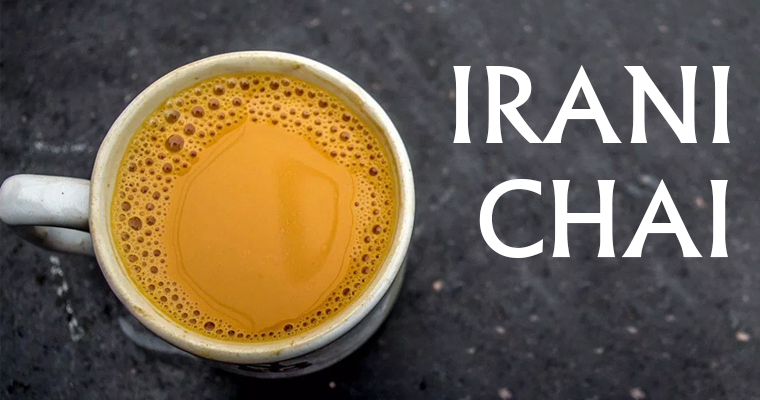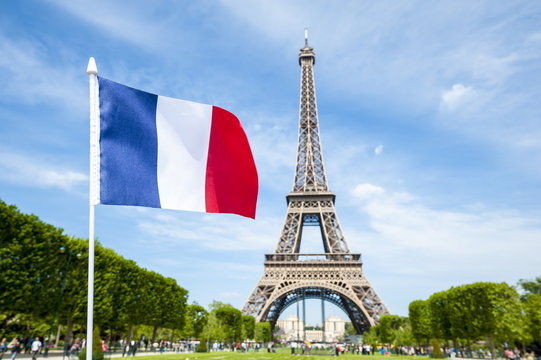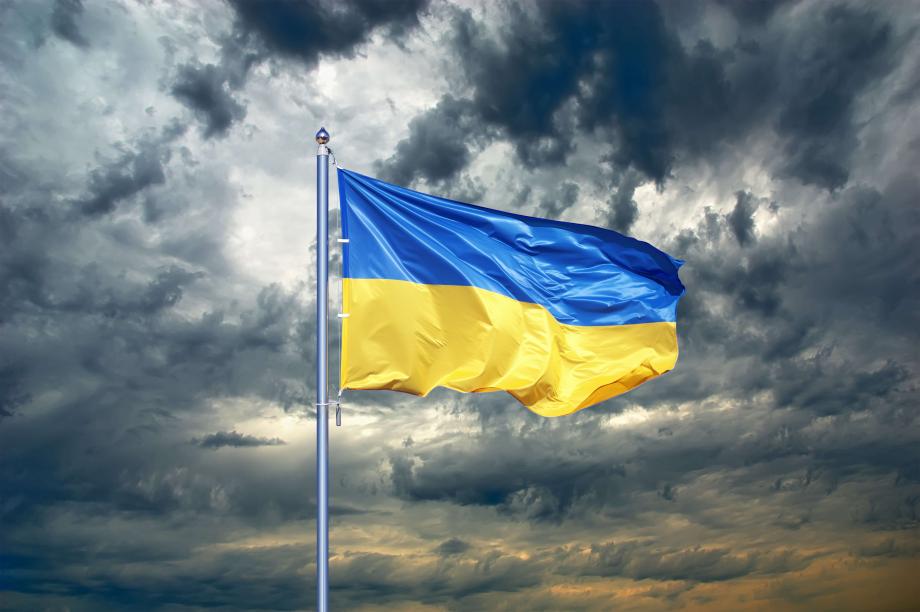Lifestyle
Irani chai's lasting legacy: From Persia to India


By Kajal Sharma - 14 Apr 2025 08:10 PM
Envision being taken to the busy streets of Mumbai. The sound of honking cabs, sellers selling their wares, and the steady clinking of spoons against glasses in many chai booths fills the air. However, a distinct scent emerges from this symphony of sounds: a warm, inviting scent that promises a strong and energizing encounter. This is Irani Chai's call, my friend.This potent, sweet beverage is more than simply a beverage; it's a centuries-old tradition and tale of ethnic blending. According to Chef Harpal Singh Sokhi, the history of Irani chai dates back to the 1800s. Zoroastrian immigrants came to India, especially to Hyderabad, Pune, and Mumbai, from Persia (modern-day Iran).
Their passion for tea, a beverage with strong cultural and traditional roots in Persia, accompanied them. By opening cafes, these ambitious people gave their new community a taste of Persia in addition to their brewing methods.Iranian cafés, from Persia to the Deccan, served as social gathering places in addition to being tea stores. Here, as Chef Sokhi explained, the rich, creamy milk and copious amounts of sugar that are popular in India blended with the powerful Iranian black tea leaves. Irani chai, a special blend that blended a sweet Indian treat with a robust Persian basis, was created as a result of this cultural interchange. Irani chai was an experience as much as a flavor. A refuge for conversation, card games, and a sense of community, the cafes were frequently furnished with high ceilings, marble tabletops, and bentwood chairs. The traditional bun maska—a flaky, buttery bread—became the ideal partner for the potent chai.
























